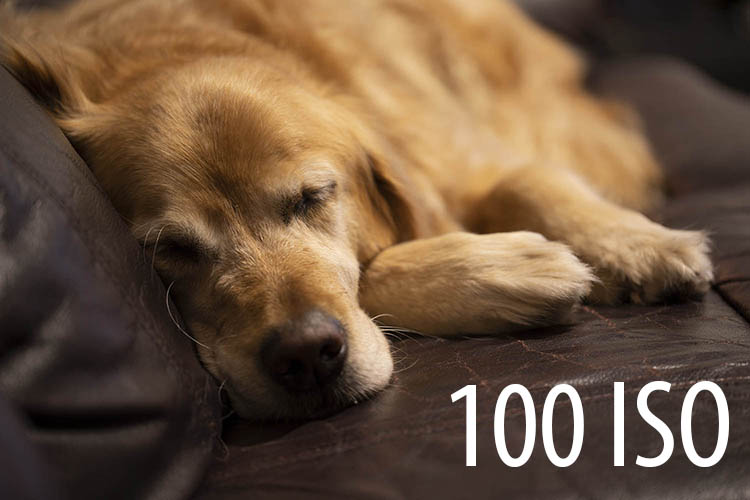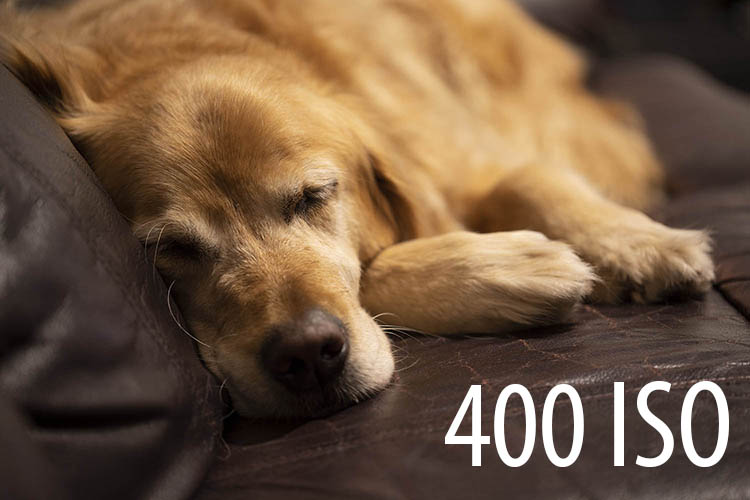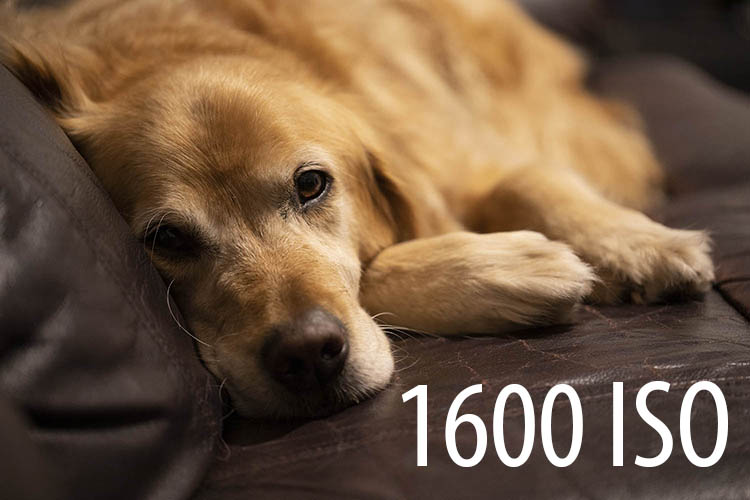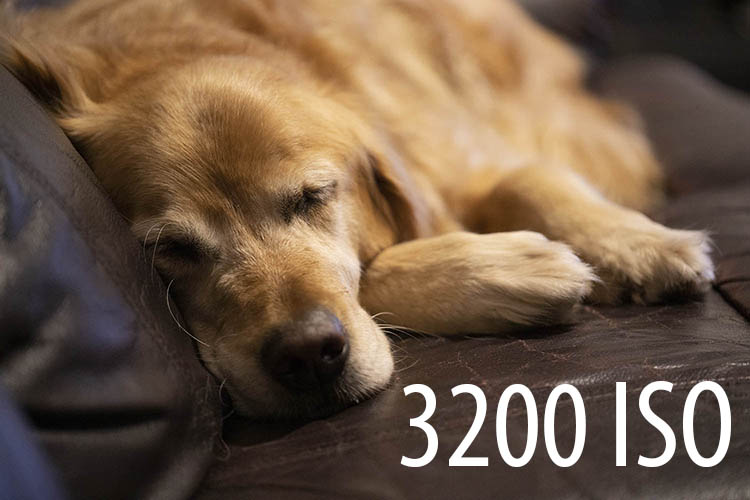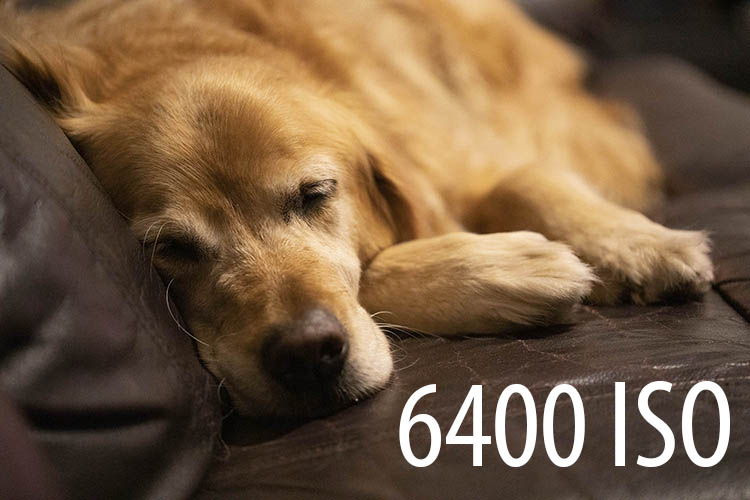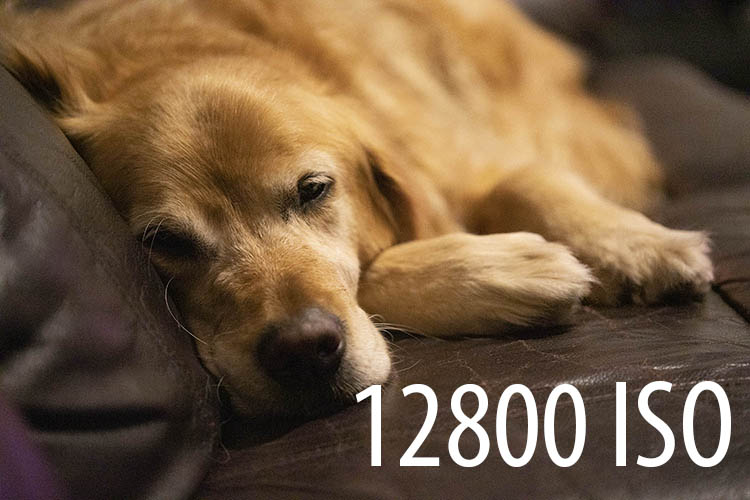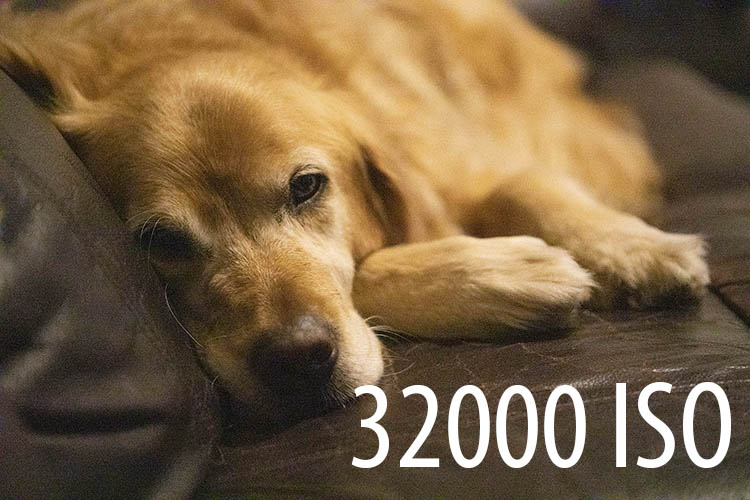What is ISO?
ISO (International Standards Organisation) is a setting to control the light sensitivity.
In traditional film photography, “fast” film that was suitable for low light conditions. The bigger the number(400+) the higher the sensitivity. High sensitivity film had a larger silver halide grains that reacted faster to light.
The down side of high sensitivity film was the noise factor. Increasing sensitivity meant the grain was larger and therefore less detailed.
Back in the days of film it was also indicated as ASA and was interchangeable. The names indicated nothing but international film speed ratings.
Now we have a setting on the camera to nominate how much light is let into the sensor.
100 ISO = bright sunlight =low noise/grain
6400 ISO = low light = high noise/grain
Some cameras go as high as 128000 ISO and allow for super low light conditions. See the images below to see the advantages and disadvantages of using a high ISO.
Understanding the limitations of ISO and when to use it and how high to go will give you ultimate control.
Below is my favourite test subject (Charlie the Golden) who is demostrating the limitations of ISO. He does spend a lot of time in one position on the couch, like man of us in iso (different to ISO!)
The images were shot at the same exposure level with the variation being ISO. You'll notice in ISO 100 that there is very little noise in the darker areas of the shot. There is some variation in colour due to the TV on in the background!
As we move into the higher ISO settings watch the darker leather in the foreground look more noisy/grainy. The detail is harder to see in smaller photos for web resolution but you can see the noise. Canon has always been my pick for low noise in higher ISO since shooting real estate in the early 2000s. Since then ISO has developed considerably so that there is less noise in at the higher end of the scale.
ISO will give you greater opportunities to shoot faster in lower light conditions. If you have a moving subject and you need to capture it clean and sharp, a higher ISO will give you the ability to increase your shutter speed.
Conversely, if you want to take slow shutter you can control the amount of light coming in by reducing the light sensitivity to 100 and using a tripod to capture at lower than 1/60th of second to capture light trails etc.
The possibilities are endless when you have control of the settings.
